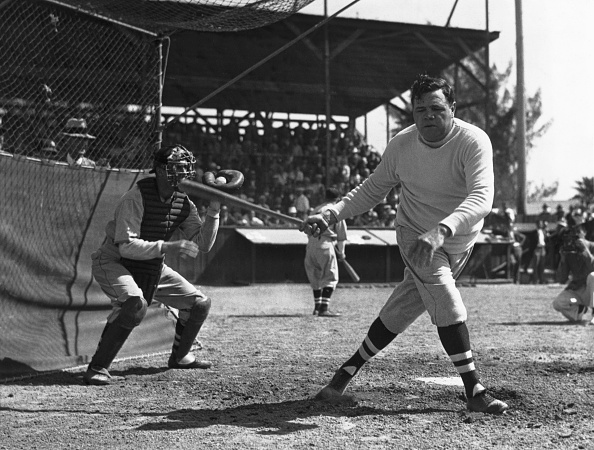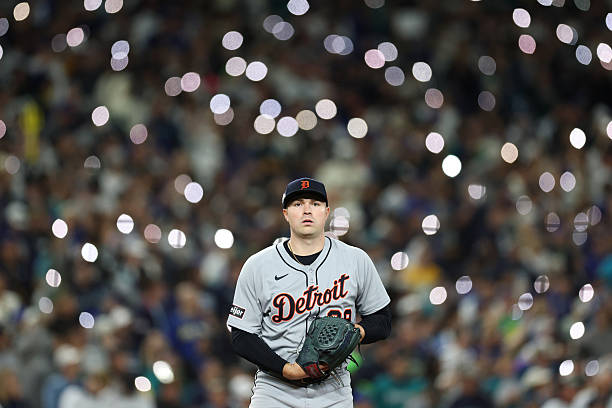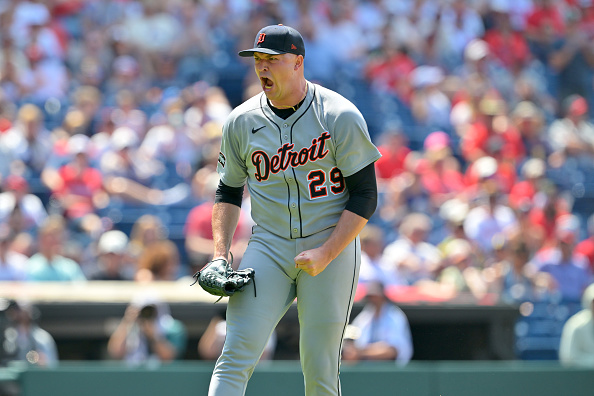The purpose of Spring Training usually is the same thing for all the MLB teams, to get their teams in shape. After a long winter, the players use Spring Training to get in game shape both mentally and physically. They begin to get themselves in game shape for the regular 162-game season. Management and coaches use it to field the best team possible. It provides a chance to see prospects at a major-league level. Spring Training also allows a team to gel before the season starts.
Evaluate Players
Spring training usually lasts about two months. It starts in mid-February and lasts until the end of March. Pitchers and catchers will show up for spring training a week or more before the other players since pitchers need a longer training period to get their throwing arms in shape.
Creates a Bond
Spring Training creates a team bond. Teams come to Spring Training with a mix of players from rostered veterans, newly signed free agents, and rookies or veterans trying to make the team. Some are returning after missing time due to injury the previous season. While some players may have played together before, others are new to the mix.
Games and workouts are in Arizona or Florida. This means most players are forced to live there for a month to six weeks. Players are constantly around one another for the entire six weeks, working and relaxing. They get time to get to build camaraderie, not only on the field but off as well. And with the way the game has changed, it is always a good thing to spend quality time with your teammates. That bond helps ease the mental aspects of the job, especially as the season goes on.
Busy Time
The purpose of Spring Training means a rather busy time for management and coaches. Managers talk to their coaches to get a feel for how this year’s team is going to work out. Managers and coaches are looking at many players at all positions. They’re evaluating rookies and prospects as well as veterans, including those listed as NRIs (non-roster invitees). They’re building bullpens and evaluating starters in all positions. This also allows coaches to gel with their players, each getting to know the other’s style.
Minor League Players
Minor League players might get an invitation to Spring Training. These minor league players are not top prospects but are players who can help fill a void on their team’s roster. Others are signed as NRIs looking to make the team or have a good showing so if they do not make this team another team could use them.
Pitchers and Catchers
The purpose of Spring Training is also to help pitchers build up their arm strength for the regular season. When they arrive, they work on stretching drills. Pitchers also throw and interact with their catchers and review their pitch collections. Even new pitches may be attempted and worked on.
This also gives new pitchers and catchers time to get used to one another and their gameplay. As the weeks go by, pitchers ramp up their innings and pitches—throwing harder and longer—to get ready for the season.
Spring Training for Hitters
Spring Training helps hitters get their timings down before the regular season begins. Most players use the offseason to work on their swing mechanics against a pitching machine, but seeing an actual pitcher with different pitches is always helpful. Some batters even work with the hitting coaches on specific drills—e.g., inside and outside swings—and maybe even try a new batting stance or even a different size bat. It’s a time to experiment to see what works best or what can be incorporated or changed to make things better.
Spring Training Games
Teams play 30 to 33 games in 45 days. That is a busy schedule for players and coaches. Lineups constantly change to get the players warmed up and in shape, but with an eye to keeping them rested and healthy for the season at the same time.
While working with their veteran players, managers and coaches also use the games to let the prospects or minor league players play so they can see them in game situations. Their performances in these games can decide whether or not they make the Opening Day roster. Veteran players, too, may face competition as everyone strives to make the official season roster. There are only a certain number of roster spots up for grabs each season, so the competition can sometimes be intense.
New Things
Spring Training is also a time for teams to try new things. Lineups and rotations that haven’t been seen before are tossed in from time to time to see how they work. Players may be played at different positions to see what their experience brings to the new position and whether that can be incorporated to assist the position’s regular player. Managers and coaches might even employ suggestions offered by players as to what may work. Experimentation can lead to wins.
Spring Training’s Purpose: Get Players Ready for the Season
The purpose of Spring Training, bottom line, is to give teams and players the opportunity to be ready for the regular season in real-world situations without the pressure of regular season play. Players work out to get into the best physical condition to be able to handle the rigors of a long season. Working, relaxing, and living with their teammates and coaches creates a camaraderie at all levels that will help with the mental aspects of the game as the season progresses. It allows managers and coaches to evaluate and field the best teams possible for the regular season as well as evaluate their future players. We know the Spring Training games do not count. However, what does count is the base it builds for teams and players headed into a long season.
More General Baseball Articles
More Major League Baseball Articles
More MLB Articles
Main Photo:
Embed from Getty Images
- Categories
-
General Baseball
Major League Baseball





